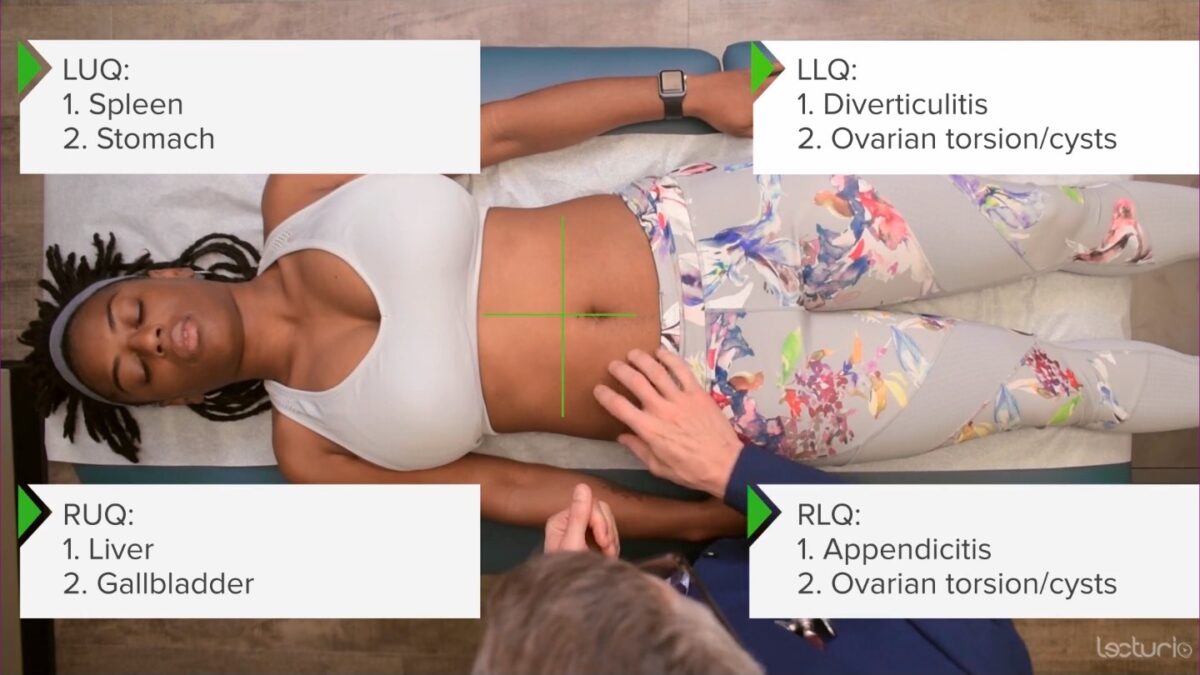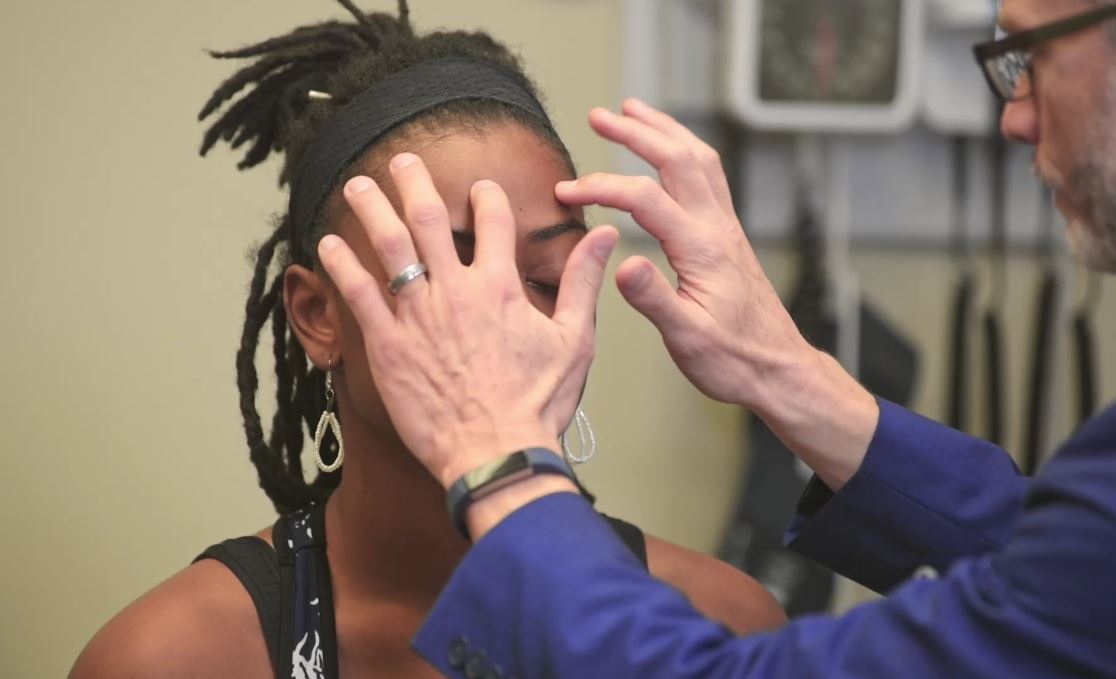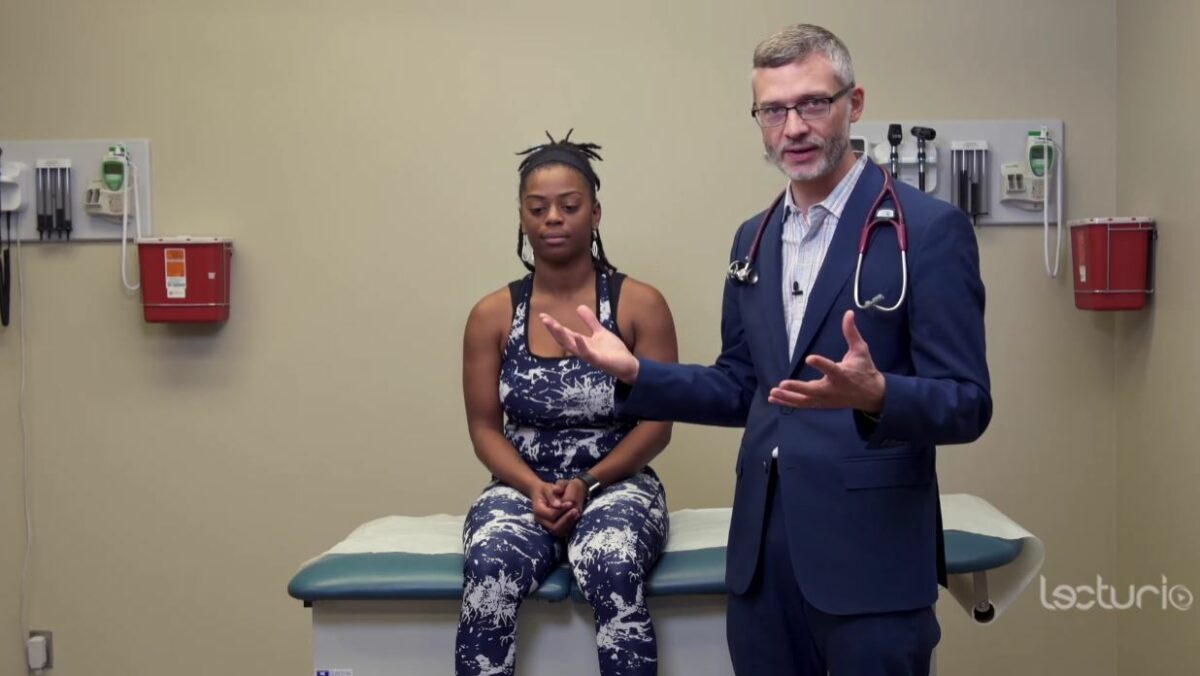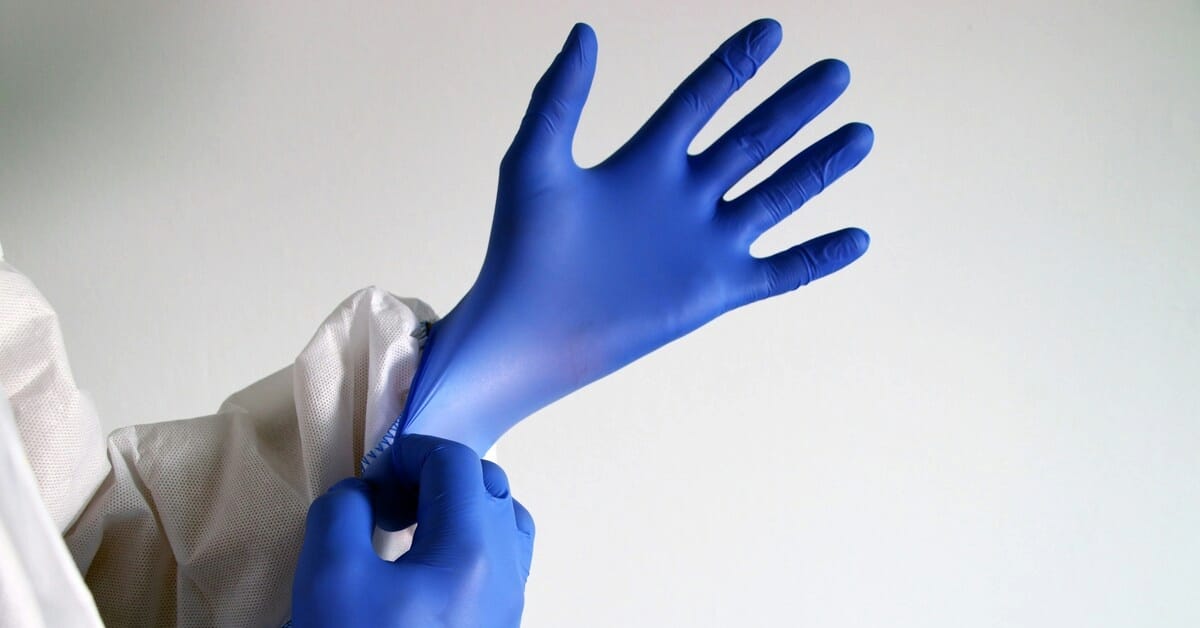Look, Listen, and Feel: The Parts of the Physical Exam
There are four major steps to any physical exam maneuver:
- Inspection
- Palpation
- Percussion
- Auscultation
In general, it’s helpful to think of a physical exam as a test of what you’ve already deduced from the patient through careful questioning. The way you conduct your exam will either confirm things you already suspect from the history or prompt new questions and investigations. Think of examining a patient as progressing in order from less to more invasive, ranging from simple observation to listening with a specialized tool like a stethoscope.

Take the Course: Physical Examination
with step-by-step tutorials by Stephen Holt, MD, MS
Inspection
Inspection involves observation for abnormal findings. A general inspection begins the moment the patient walks into the room. For instance, are they limping or holding a body part in pain? Is their gait abnormal, or are they shuffling their feet when they walk? Is there a visible rash or loss of muscle mass or tissue that implies significant weight loss? Inspection provides vital clues to a patient’s overall health.

Palpation
Palpation is the process of feeling a body part for abnormalities. While most people think of the abdomen when they think of palpation, this is not the only way you can use your hands to examine a patient. Abnormal or sustained beats felt in the area above the heart, the contour of peripheral pulses, the temperature of the skin, or whether a lesion is raised or flat are all examples of how palpation helps to narrow down a differential diagnosis.

Percussion
Percussion utilizes the resonant properties of different tissues to determine things such as the presence or absence of fluids, solids, or air in a body cavity. This is done by striking a hollow body surface with a finger, either directly, or by putting one hand on the surface and striking that finger with a finger of your other hand. Mixtures of solids, fluids, and air conduct sound at different frequencies. This produces different tones you can distinguish with a trained ear. Percussion is one of the more difficult physical exam skills for the early learner to master. Even for experienced practitioners, it usually can only suggest rather than confirm a diagnosis.

Auscultation
Auscultation uses a stethoscope to listen for the movements and sounds made by internal organs – most commonly the heart, lungs, and abdomen. Normal sounds can be initially quite difficult to distinguish from abnormal sounds, so try to listen to as many normal sounds as you can to start. With experience, you’ll discover when something deviates from the usual pattern! Auscultation is among the most difficult skills for novice learners to master because of the breadth of sounds.
Related videos
Tips for Developing your Physical Exam Skills
Refine your skills during rotations
Medical school is a fantastic time to hone and get specific feedback on your physical exam skills. It can often be helpful to have an expert watch and critique your technique. For instance, a cardiologist will likely be able to teach you a great deal about auscultation of the heart, while a surgeon may be the best choice to watch and critique your abdominal exam technique. If you’re still in school, use the specialists on each rotation to refine your skills.
Form good habits early on
Preserving patient comfort and modesty is essential to patient care. Make an early habit of only exposing the area of the body you are directly examining, and use a sheet to drape other areas. Practicing with patients with their permission is the best way to ensure that they are feeling comfortable.
Review your findings
One of the fastest ways to level up your physical exam skills is to review your physical exam findings in light of new information that emerges about a patient’s diagnosis. For instance, if a chest X-ray shows a large pleural effusion, go back to the patient and try percussing the chest to hear the dullness associated with it. If an echocardiogram demonstrates that a patient has aortic stenosis, return to the bedside to examine the patient again, paying particular attention to how the heart sounds, how the pulses feel, and whether the murmur radiates to the carotids. Correlating common imaging findings with your physical exam will allow you to refine your technique and prepare you for the next time you encounter abnormal findings.
Figure out your own best practices
Keep in mind that you don’t need to use every single technique you learn on every single patient. Most doctors will eventually develop a “core” general screening exam they use on most patients. A thorough history guides the need for more specific maneuvers that can help to answer questions about whether a disease or condition is more or less likely. Becoming comfortable with all the parts of the physical exam is essential for detecting abnormal findings. It also instills confidence in your patient that you know what you are doing.
Keep practicing!
The key to building expertise in the physical exam is to practice, practice, practice.
Practice on anyone you can – roommates, friends, family, even a pillow, or yourself!
Using checklists of each part of the exam and performing them in the same order helps translate the process into muscle memory. By using these techniques, your skills will progress fast! When the exam becomes second nature, you’ll be surprised at just how fast you’re able to distinguish normal from abnormal.




